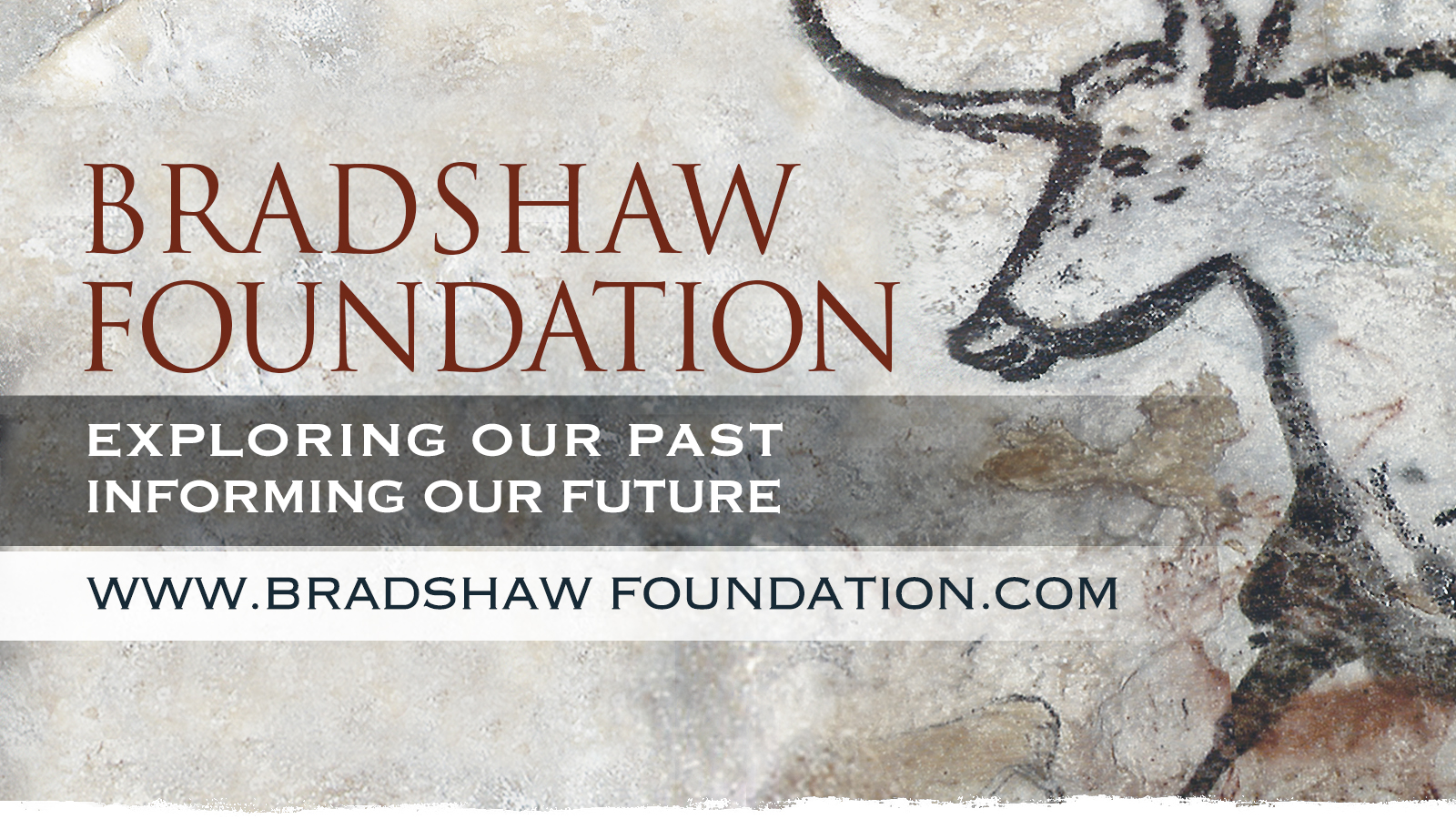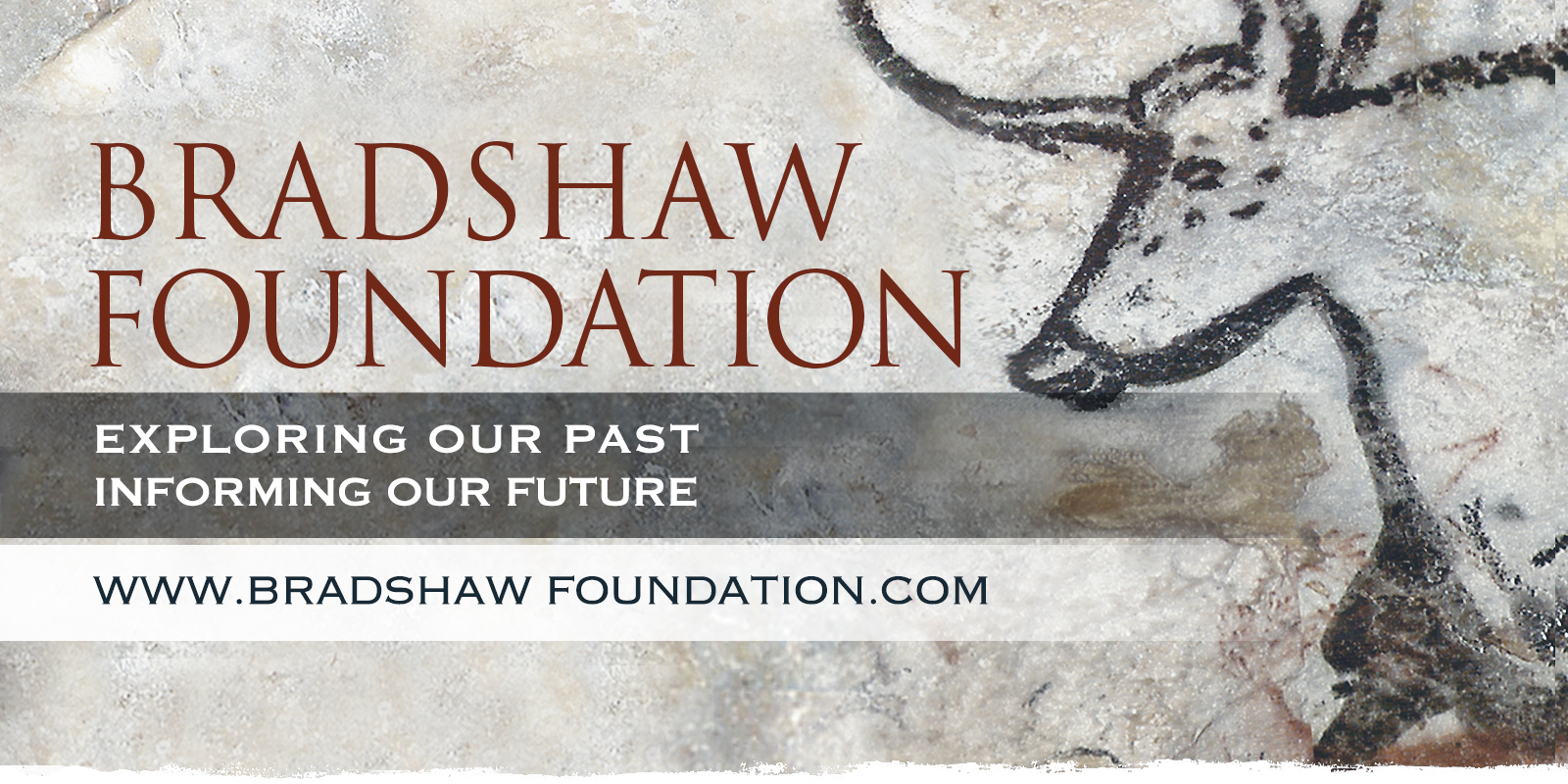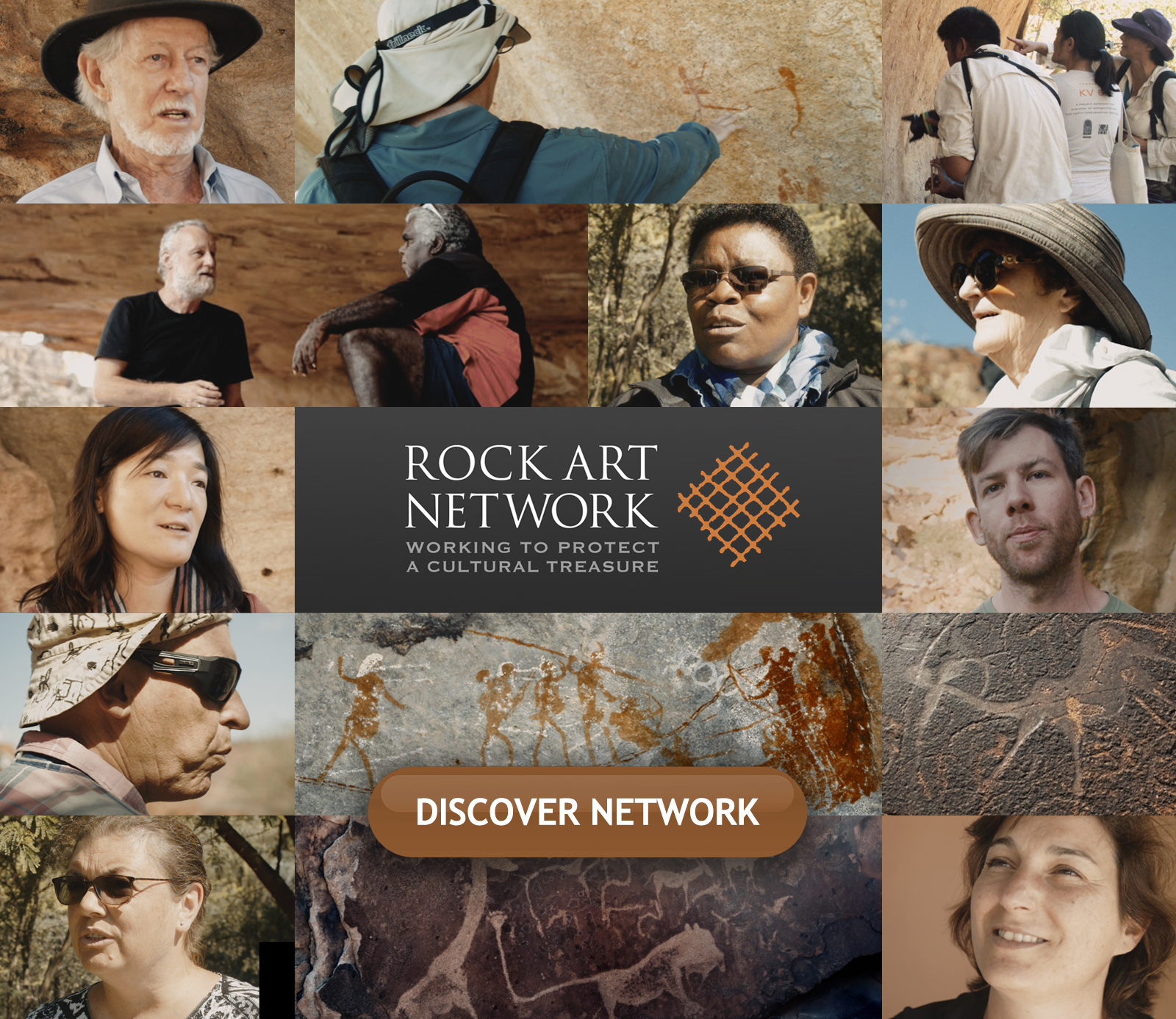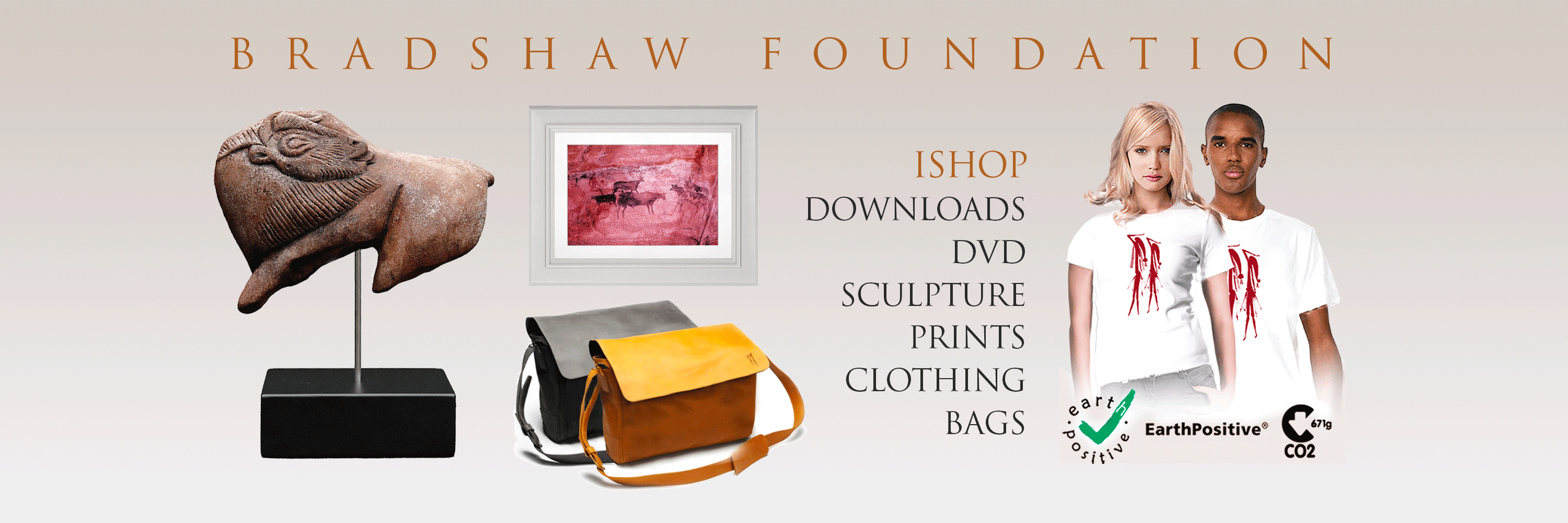The Bradshaw Foundation is a charity registered in England and Wales (1209897). Registered address 5 Albany Courtyard, London, W1J 0HF.
The Bradshaw Foundation provides an online learning resource. Its main areas of focus are archaeology, anthropology and genetic research, and its primary objective is to discover, document and preserve ancient rock art around the world, and promote the study of early humankind’s artistic achievements. The Bradshaw Foundation funds preservation projects around the world, scientific research and research publication. The Bradshaw Foundation now collaborates with the Getty Conservation Institute in Los Angeles over the recently formed Rock Art Network which brings together a team of rock art researchers from around the world. The Bradshaw Foundation also works in collaboration with UNESCO, the National Geographical Society, the Royal Geographic Society, the Rock Art Research Institute in South Africa and the Trust for African Rock Art.
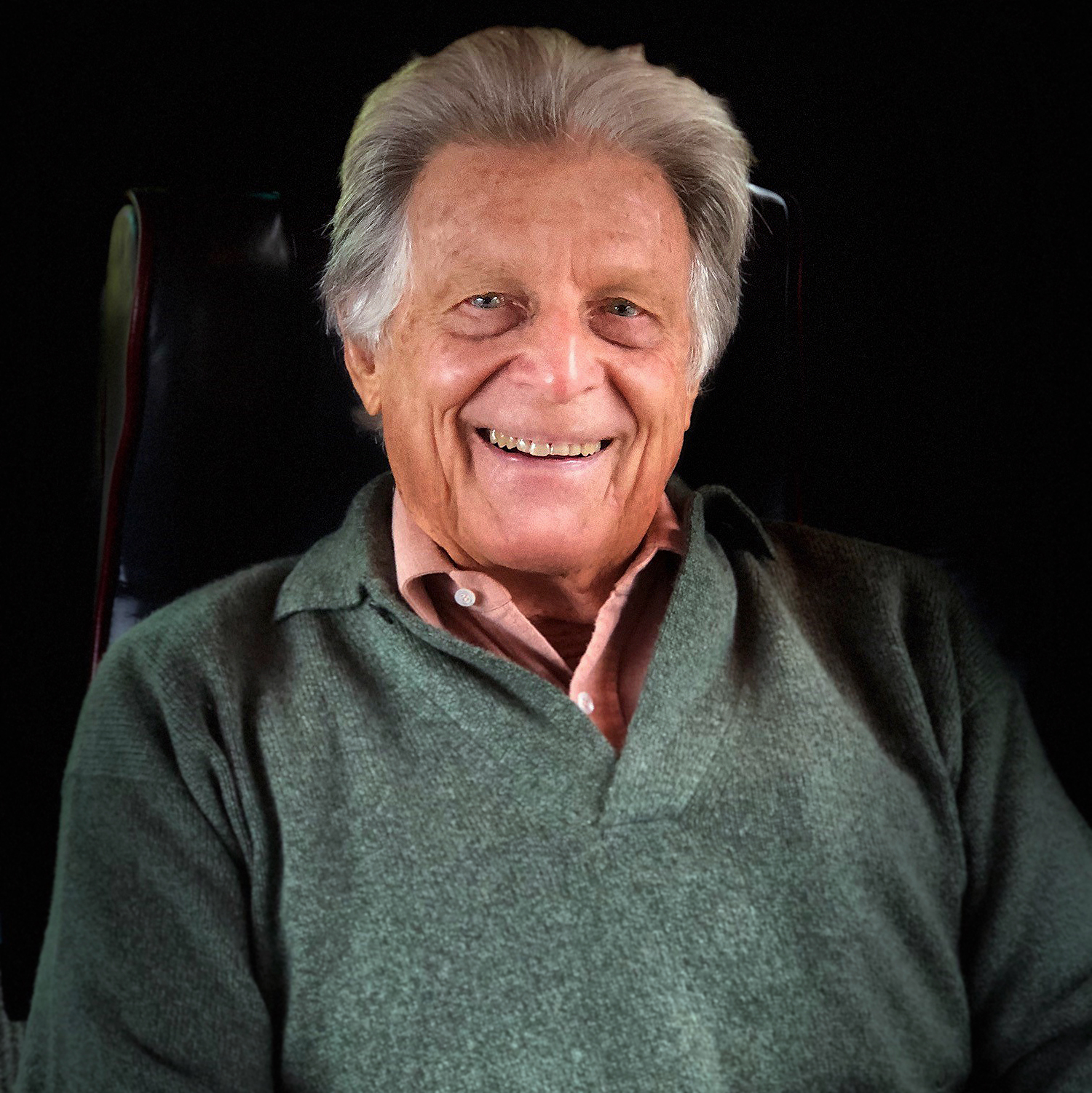
Robert Hefner III, co-founder and President of the Bradshaw Foundation, is founder and owner of The GHK Companies. He pioneered ultra-deep natural gas exploration and led the development of innovative technology necessary to successfully drill and produce the world’s deepest and highest pressure natural gas wells. In the 1970s, he was the lone proponent to accurately forecast America’s natural gas abundance, and a leader in the efforts to deregulate natural gas prices. Hefner holds a geology degree from the University of Oklahoma, is a member of the International Council at Harvard’s Belfer Center, a Fellow of the Royal Geographical Society of London, a former Board member of the International Institute for Applied Systems Analysis (IIASA), and was inducted into the Oklahoma Hall of Fame in 2010. Hefner’s book on the past, present and future of energy development The Grand Energy Transition, was published by Wiley & Sons in 2009. The book was subsequently translated into Chinese and published by CITIC. Recently, the GHK Group has transitioned into investments specializing in biotech, blockchain and gas and oil royalties.
Since 1985, Hefner has actively pursued his interest in China in the areas of energy, foreign affairs, and contemporary Chinese art, developing the internationally known Hefner Collection (www.hefnercollection.com). Hefner and his wife, MeiLi, founded the Robert and MeiLi Hefner Foundation which sponsors educational trips to China for outstanding high-school students. The Hefners were the principal donors for the James R. Schlesinger Professorship of Energy, National Security, and Foreign Policy at Harvard’s Kennedy School. They live on a vineyard and winery estate near Charlottesville, VA which produces world-class natural wines.
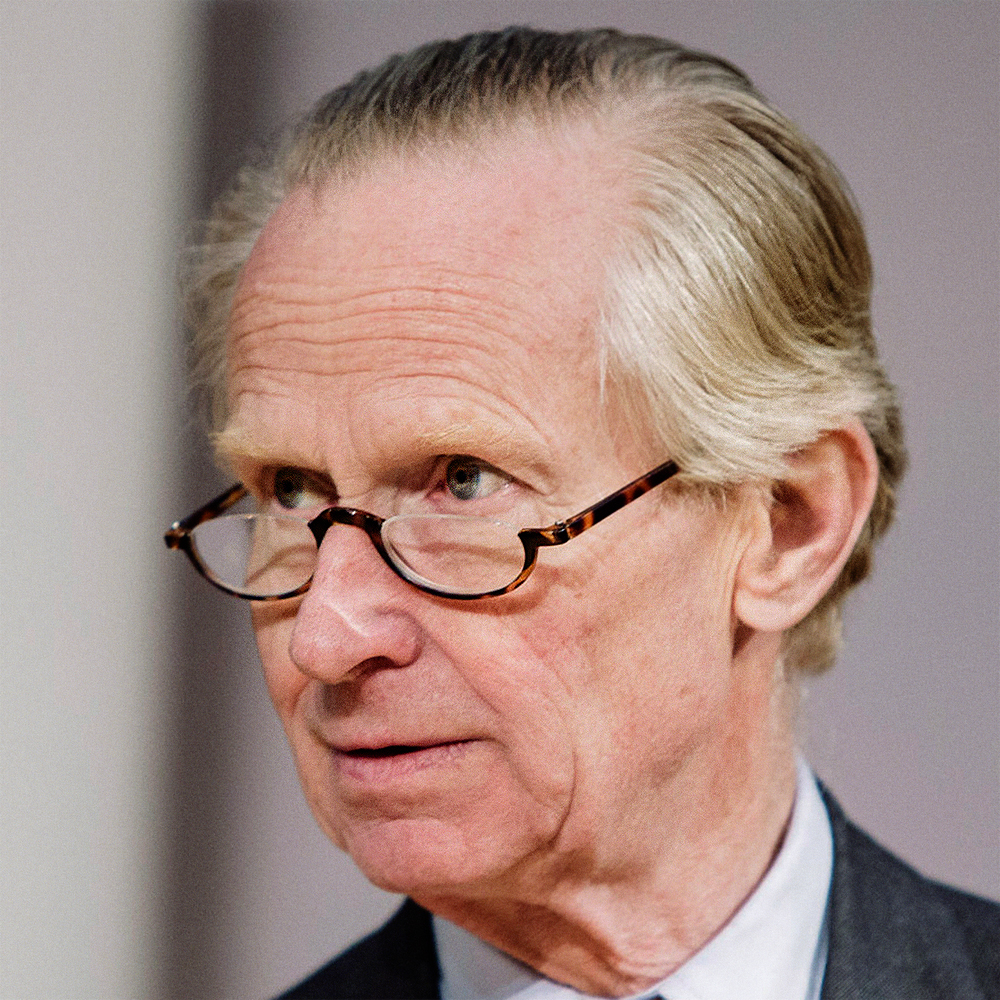
Damon de Laszlo CBE, co-founder and Chairman of the Bradshaw Foundation, is an industrialist with interests in companies in Europe and the United States. He sits on the boards of several American companies, including the TCW Group.
He is Chairman of the Economic Research Council, founded in 1943 as the Joint Council for Economic and Monetary Research. He is Chairman of Harwin plc, which designs and manufactures electronic components and connectors in the UK, with global distributors.
Damon de Laszlo represents the major shareholder of the Royal Tokaji Wine Company in Hungary. Founded in 1990, Royal Tokaji has become one of the most defining wineries in Tokaj, producing the award-winning Royal Tokaji range of wines.
The de Laszlo Foundation was founded by Damon de Laszlo in 1987. The de Laszlo Foundation's main objectives are to advance and promote education and research in the areas of the Arts, science, economics and medicine, and in particular provides a number of bursaries and scholarships for degree and PhD students. He is the Founder and President of the de Laszlo Archive Trust, a charitable trust established for the funding and administration of the research and cataloguing of Philip de László’s paintings and Archive.
In 2008 he was appointed Deputy Lieutenant for Hampshire, UK.
In 2025 Damon de Laszlo was awarded ‘Commander of the Order of the British Empire’ (CBE) in the King’s Birthday Honours List 2025: ‘Damon Patrick De Laszlo DL. For services to the Manufacturing Industry and to Scientific and Charitable Causes’.
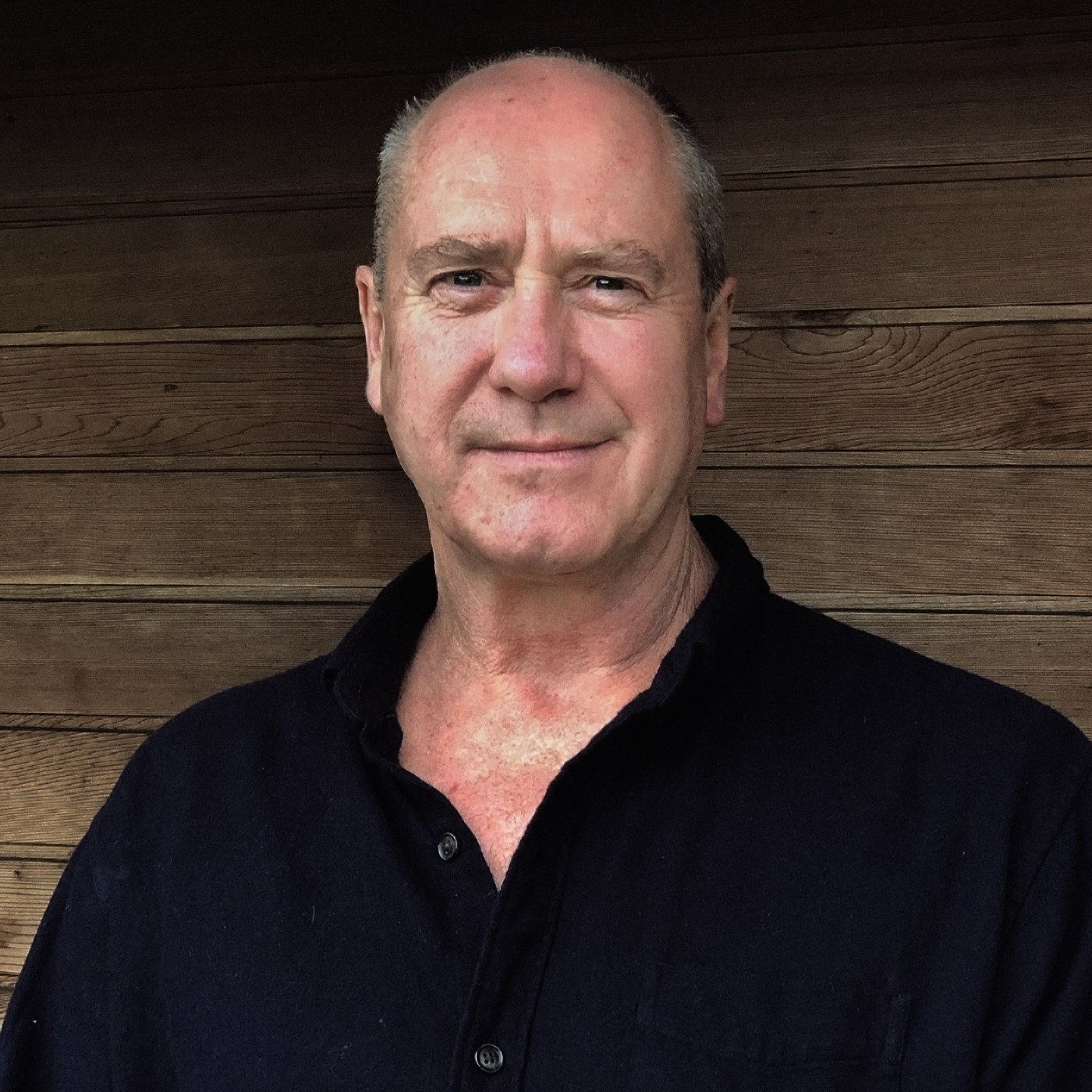
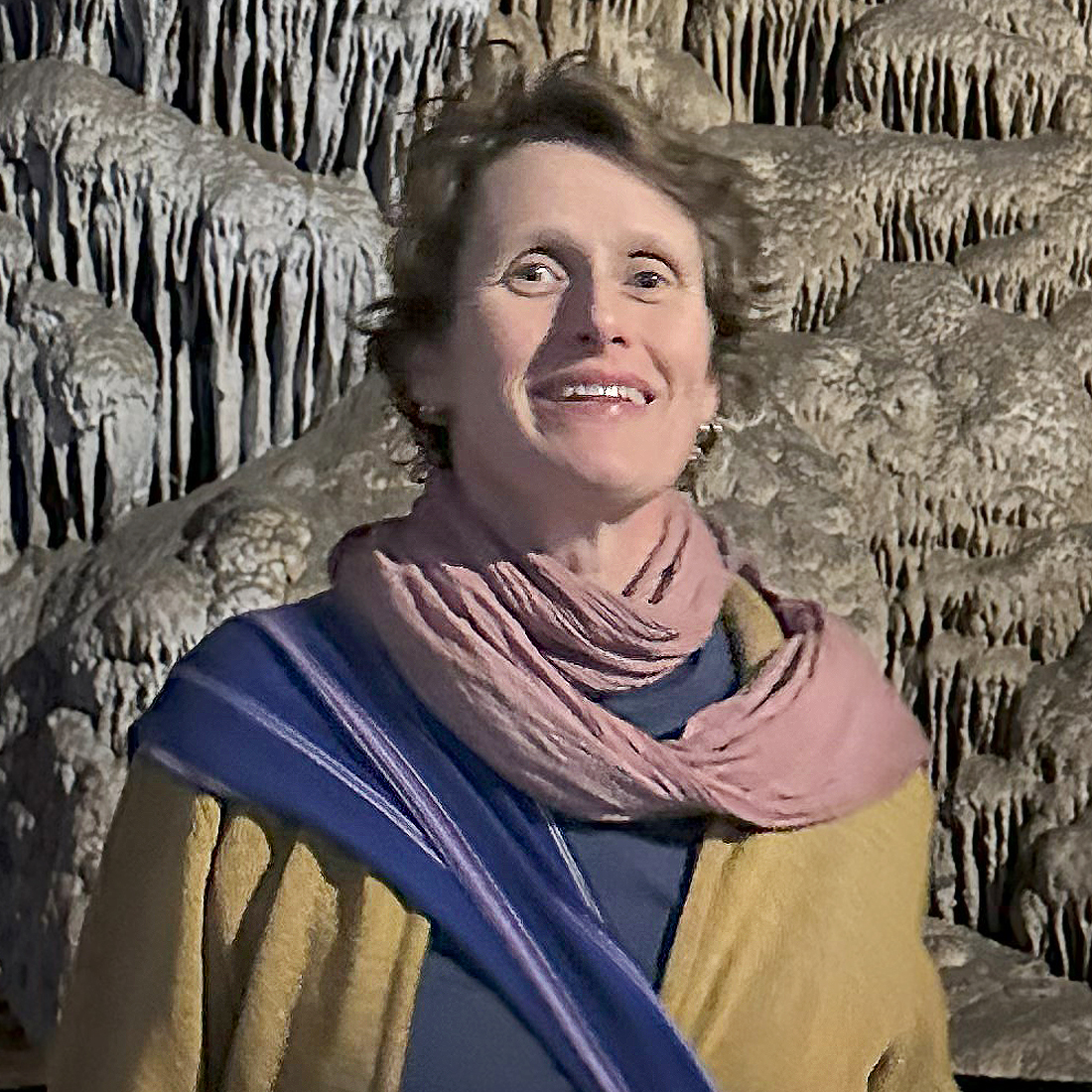
Peter Robinson is a Director of the Bradshaw Foundation. He is a contemporary artist, and a member of the Royal Society of British Sculptors, working under the name of Lyell. In 1999 he was appointed Project Controller of the Bradshaw Foundation to direct the Dabous giraffe petroglyph preservation project in the Sahara. In 2006 he was appointed Editor of the Bradshaw Foundation in order to develop the Bradshaw Foundation’s website as an online resource, coordinate research expeditions and establish affiliations with rock art research institutions.
In 2013 he was commissioned by the British Museum to create sculptures inspired by the 'portable' art of the Ice Age for the exhibition ‘Ice Age Art: arrival of the modern mind’, curated by Dr. Jill Cook. Her publication of the same title was part-funded by the Bradshaw Foundation. The Ice Age sculpture maquette series led to a life-size commission in bronze of one of the sculptures - the 'Lespugue' figurine - for a private collection in the United States. His work continues to be exhibited in the British Museum.
Peter Robinson has co-edited publications including ‘Bradshaws: Ancient Rock Paintings of NW Australia’, ‘Written in stone: Shamans & The Origin of Art’, ‘Chauvet: Through the eyes of a Sculptor’ and ‘Rock Painting Sites in the Kimberley Region’. He has also compiled Field Reports for rock art expeditions undertaken by the Bradshaw Foundation. He is the Director of Boilerplate Productions, the Bradshaw Foundation’s in-house film production company.
Lucy Birkbeck became a Director of the Bradshaw Foundation following the field trip in February 2025 to four significant cave sites in Andalucía, southern Spain. The team was led by Dr. George Nash, a specialist in prehistoric and contemporary art and philosophy, and an associate professor affiliated with the Geosciences Centre, IPT, Portugal and an Honorary Researcher within the Department of Archaeology, Classics & Egyptology at the University of Liverpool.
The primary objective of the visit was to deepen the team's understanding of the complex chronological and technological methods used in cave archaeology, as well as to address the conservation challenges faced in this region of southern Europe. The itinerary included visits to the "El Cantal" cave system, which comprises Higuerón, La Victoria, and El Tesoro caves, and Cueva de la Pileta near Benaoján.
'Exploring our past: informing our future' - “The day to day work of the online archive of the Bradshaw Foundation encompasses many areas of the digital world, from graphic design and visual communication, to coding, filmmaking and editing, through to social media and outreach. Using modern technology to communicate the story about humankind’s earliest forms of communication, our online resource is the digital culmination of a variety of activities and projects undertaken by the Foundation”.
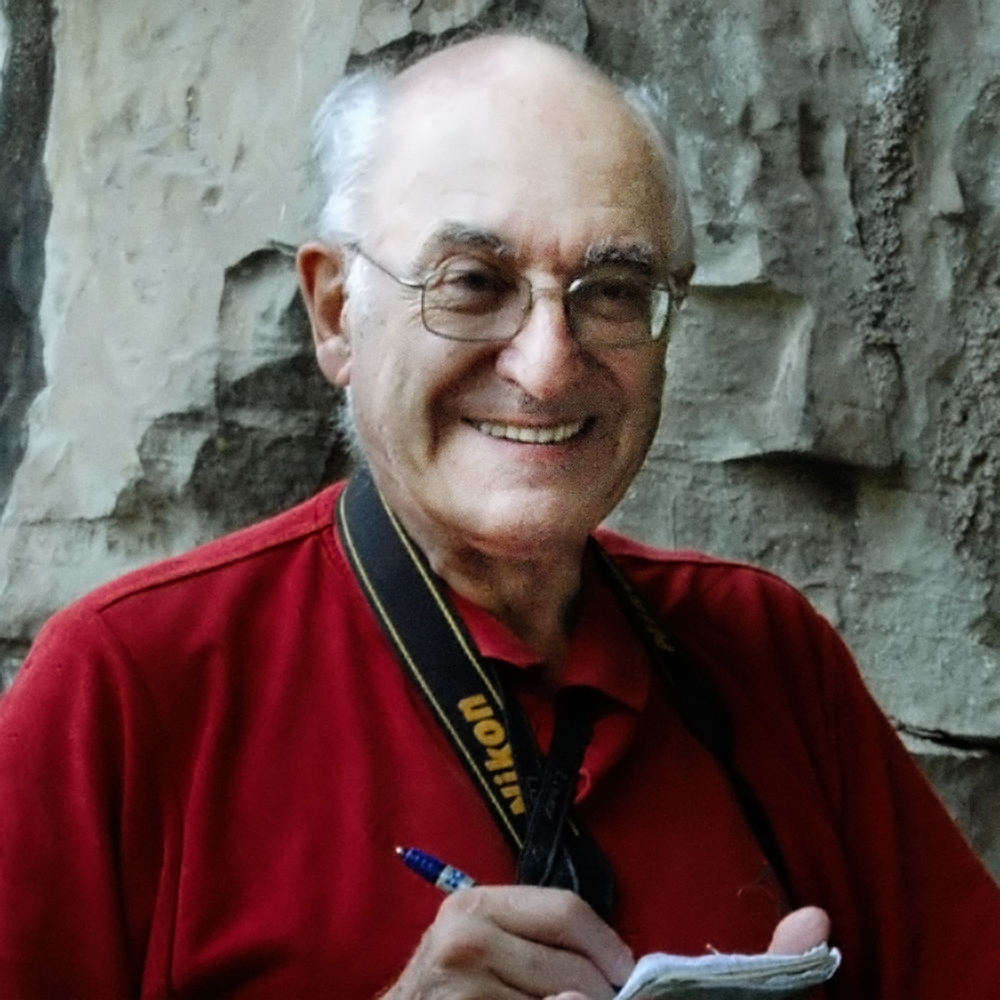
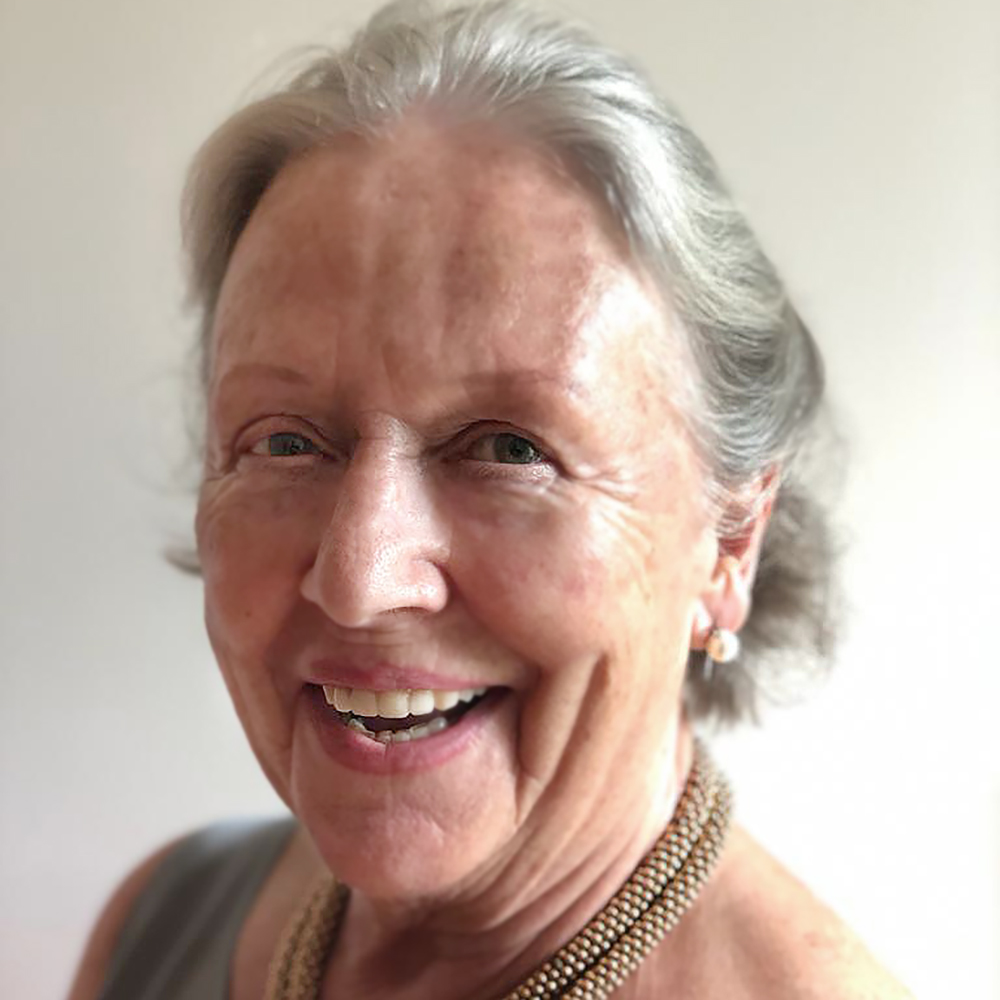
Dr. Clottes was appointed France’s General Inspector for Archaeology in 1992 and named to his scientific advisory post with the Ministry of Culture the next year. He has organized pioneering national and international conferences on prehistoric art and its preservation and been involved in a number of projects to present rock paintings to the general public. He taught at the University of Toulouse in the early 1990s and has been a visiting professor at the University of California, Berkeley.
Former chairman of UNESCO’s International Committee of Rock Art and of the Société Préhistorique Ariège-Pyrénées, which has named him honorary president, he is also a former president of the Société Préhistorique Française and currently serves as its honorary president as well as honorary president of the Société des Etudies du Lot. He is secretary of the Rock Art Commission of the Union Internationale des Sciences Préhistorique. An honorary fellow of the Society of Antiquaries of London, Dr. Clottes’s many honors include election as a Chevalier dans l’Ordre National du Mérit, Officier dans l’Ordre des Arts et des Lettres, Officier dans l’Ordre des Palmes Académiques, and Chevalier dans l’Ordre de la Légion d’Honneur.
In 1998, he headed the research team that appraised Grotte Chauvet, the extensive Paleolithic cave in the Ardèche Valley. He also has evaluated the underwater cave, Cosquer, close to the mouth of the Rhone River off the coast of Marseilles. In Africa, he studied and documented the Dabous giraffe engravings. In 2007 Jean Clottes was honoured by the Blue Tuareg people of the Sahara Desert and made an Honorary Tuareg with the name ALMAWEKIL, literally translated as "our respected representative".
Anna Coyle was instrumental in establishing the Bradshaw Foundation as a not-for-profit UK charity, working alongside the founding members Robert Hefner III, Damon de Laszlo and John Robinson. She has seen the foundation grow from its early days of exploration in the Kimberleys of north-western Australia to one of the largest online resources of its kind, whose main areas of focus are archaeology, anthropology and genetic research, and its primary objective is to discover, document and preserve ancient rock art around the world, and promote the study of early humankind’s artistic achievements. The Foundation funds preservation projects around the world, scientific research and research publication.
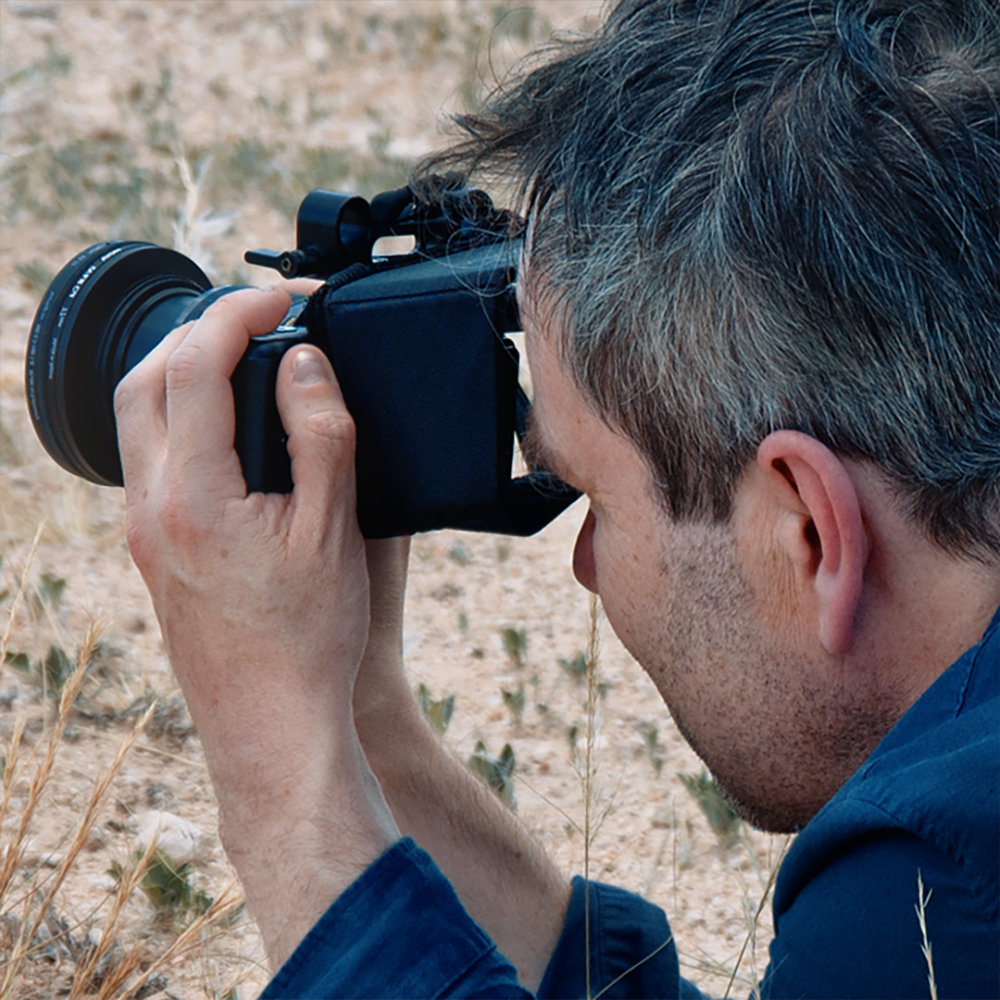
For the last 25 years the Bradshaw Foundation has been involved in the discovery and preservation of ancient rock art around the world, presenting a digital archive for current and future generations to access.
“To me it is something wonderful to be able to use the tools we have available to us today, to help tell the story (in part) of the first communications of our ancestors and explore the meanings that rock art and cave paintings had to them in their lives - living in a very different time to our own, but still with that shared need to create art. It is a bond we share across time”. Ben Dickins - Director of Art and Design
March 2025 - The Bradshaw Foundation welcomes Dr George Nash to the Advisory Board in recognition of his research and support.
Dr George Nash is a specialist in prehistoric and contemporary art and philosophy [specifically, semiotics], and is an associate professor affiliated with the Geosciences Centre, IPT, Portugal and is an Honorary Researcher within the Department of Archaeology, Classics & Egyptology at the University of Liverpool. Dr Nash has undertaken research on five continents and has published widely on the subjects of rock art and of death, burial and ritual.Currently, Dr Nash is involved in four projects: Bacon Hole [South Wales], Rising Star [South Africa], Creswell Craggs [Midlands, England] and the Wye Valley [western England]. Dr George Nash is also a founder member of the international First-Art Team.
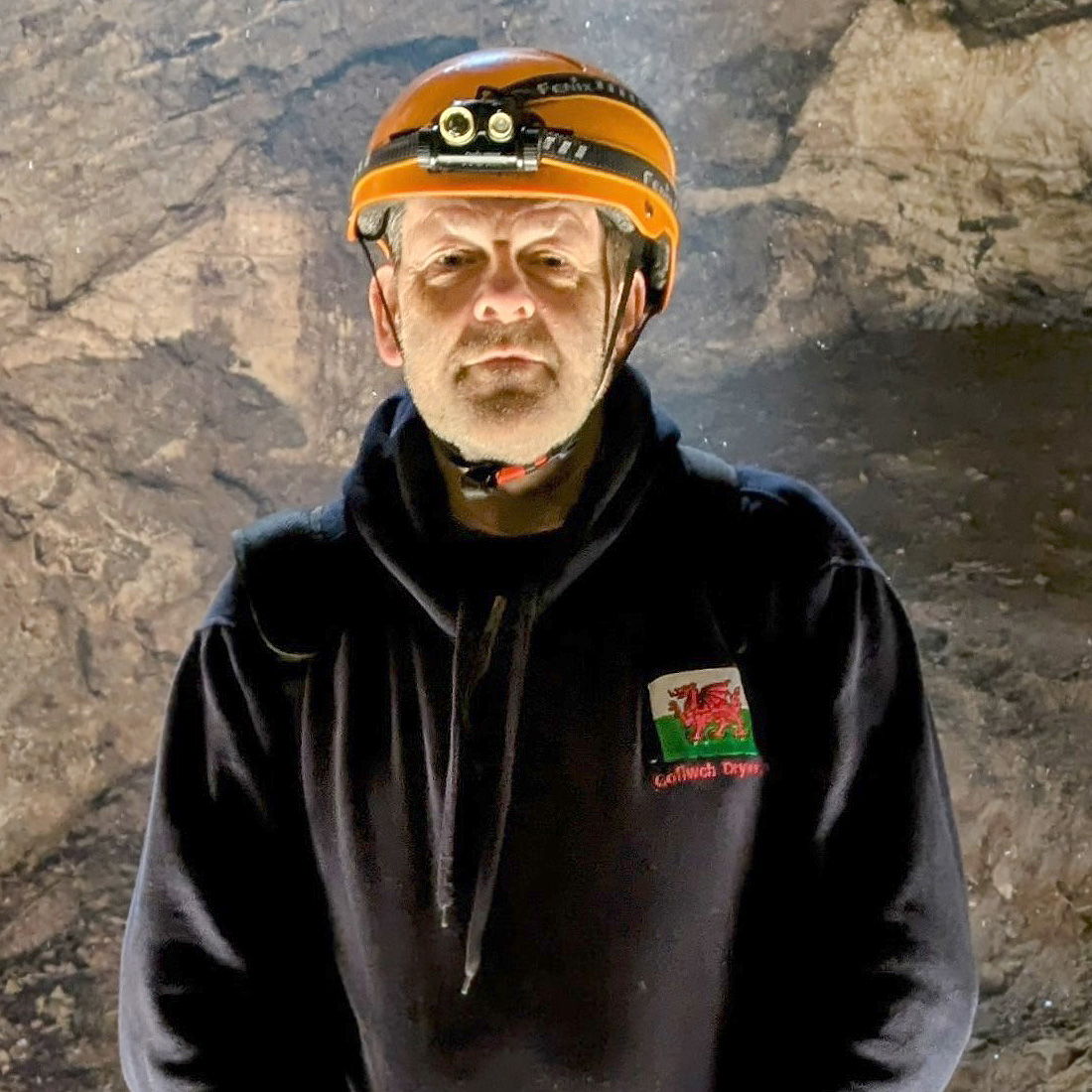
United Kingdom
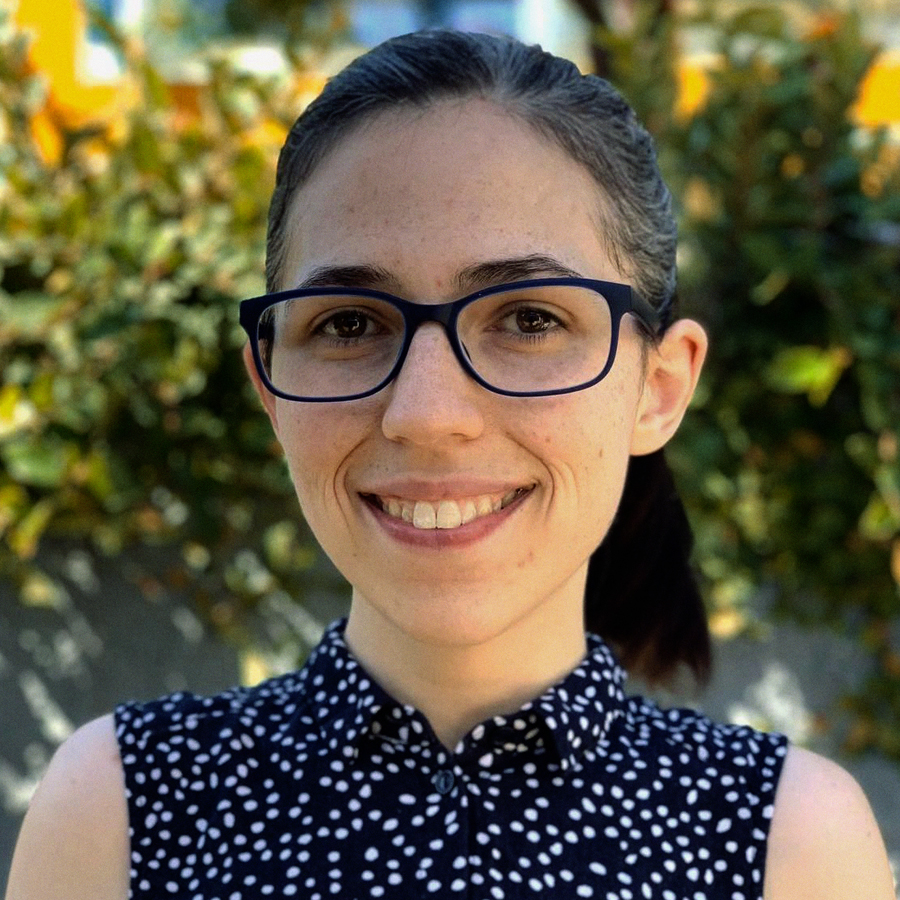
United States
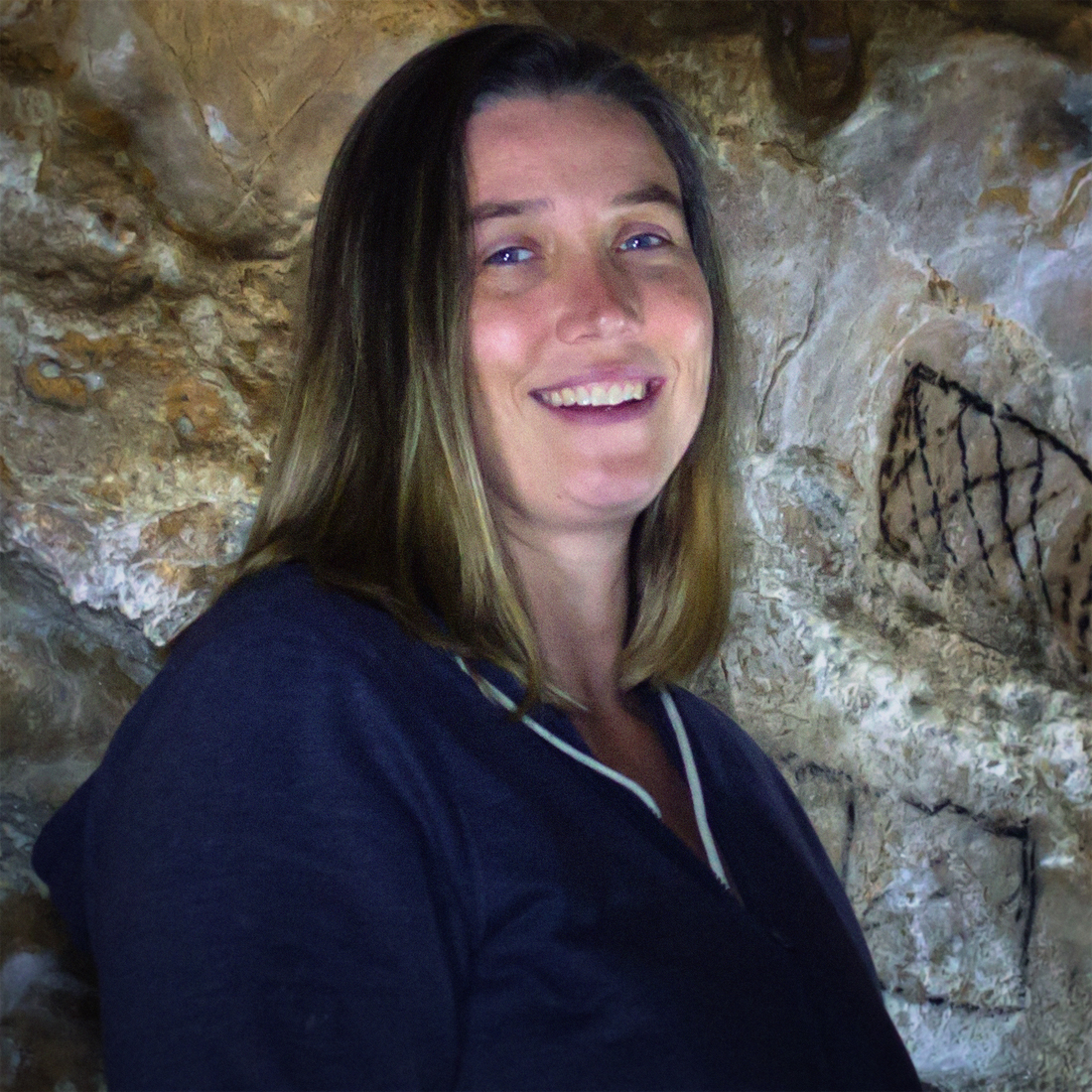
Senior Fellow
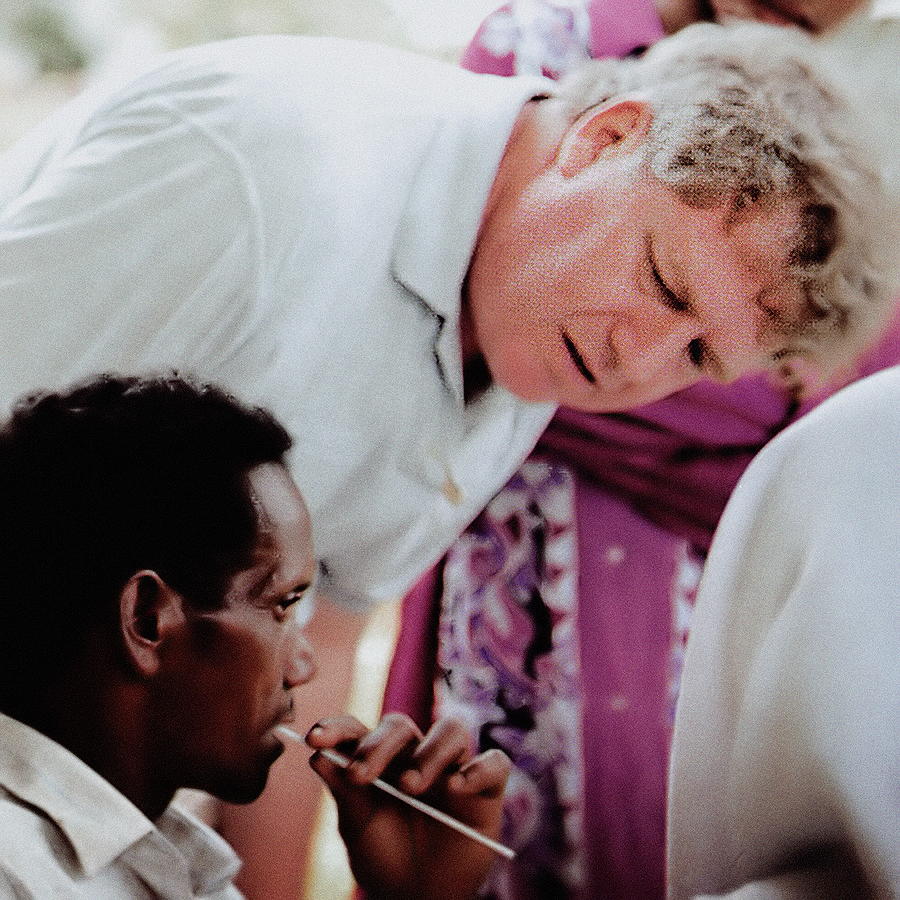
Oxford University
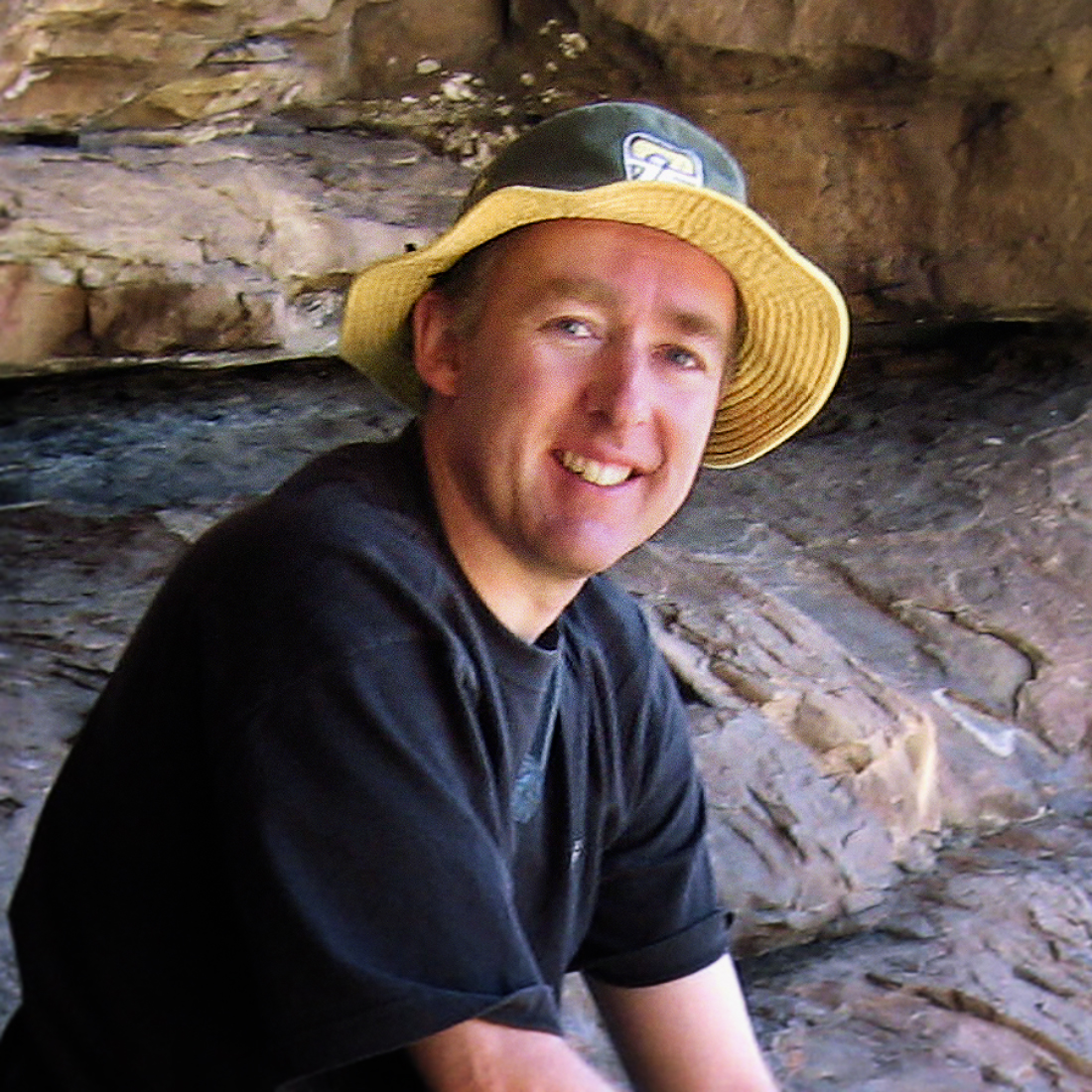
University of Western Australia
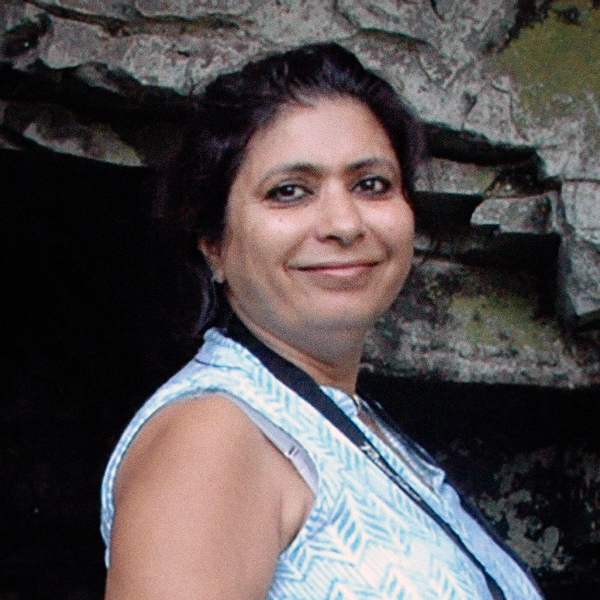
India
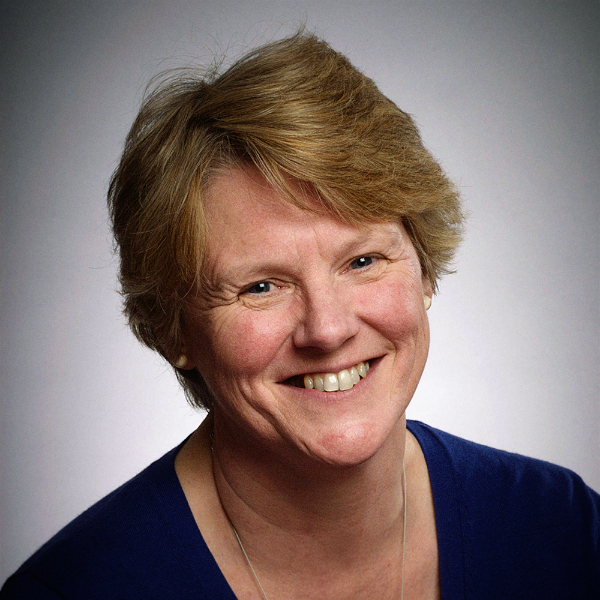
British Museum

China
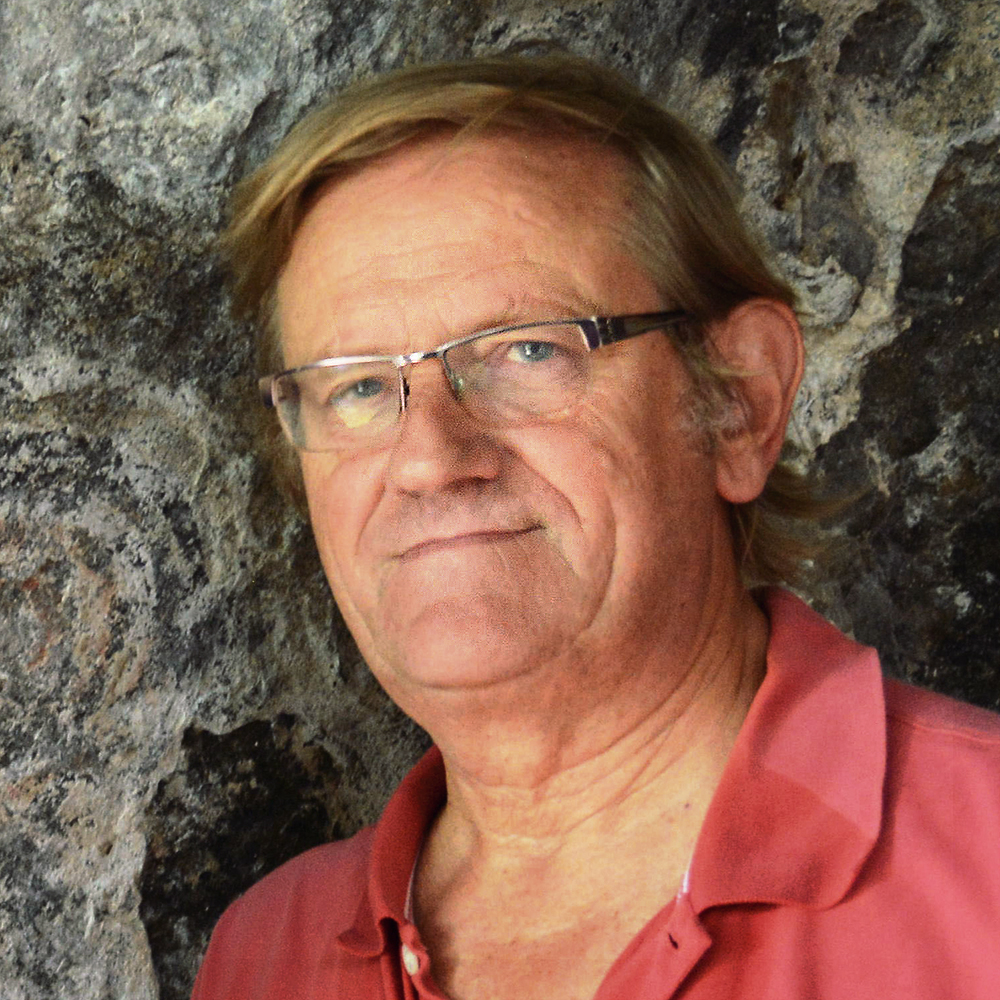
Trust for African Rock Art
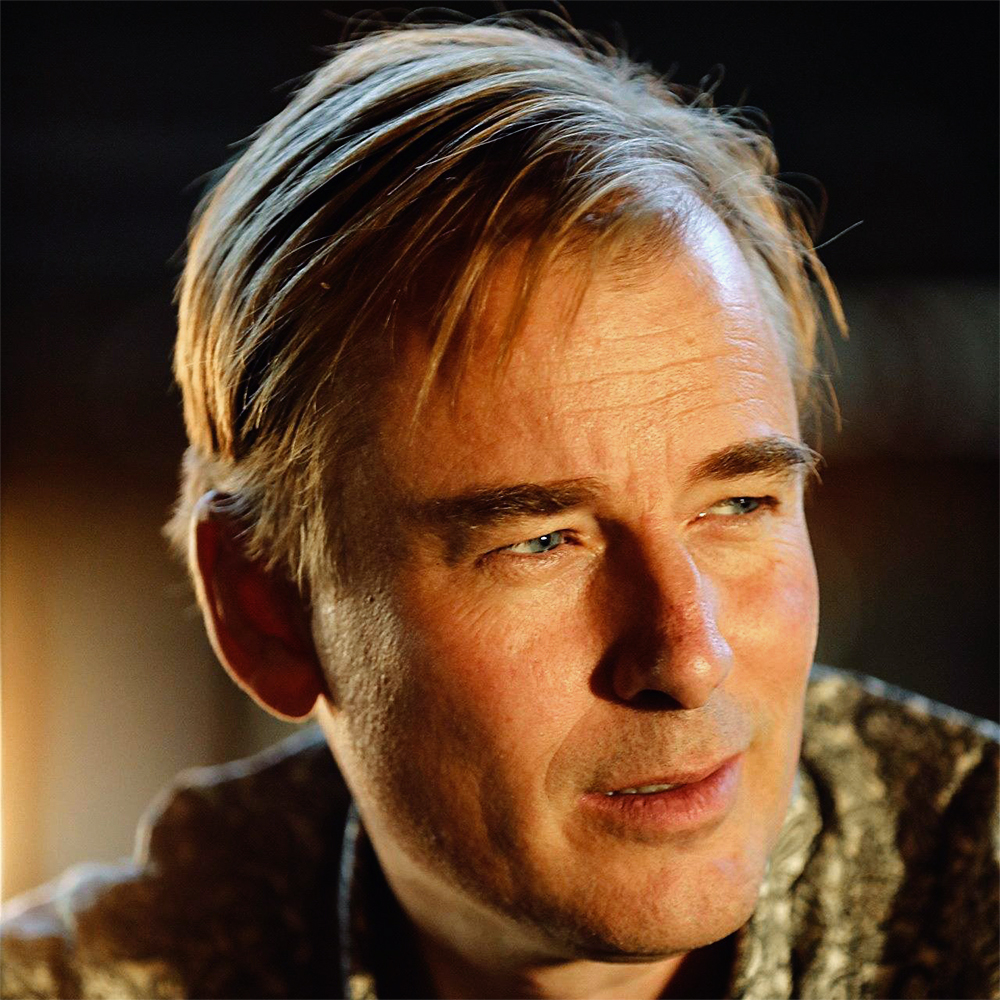
Australia
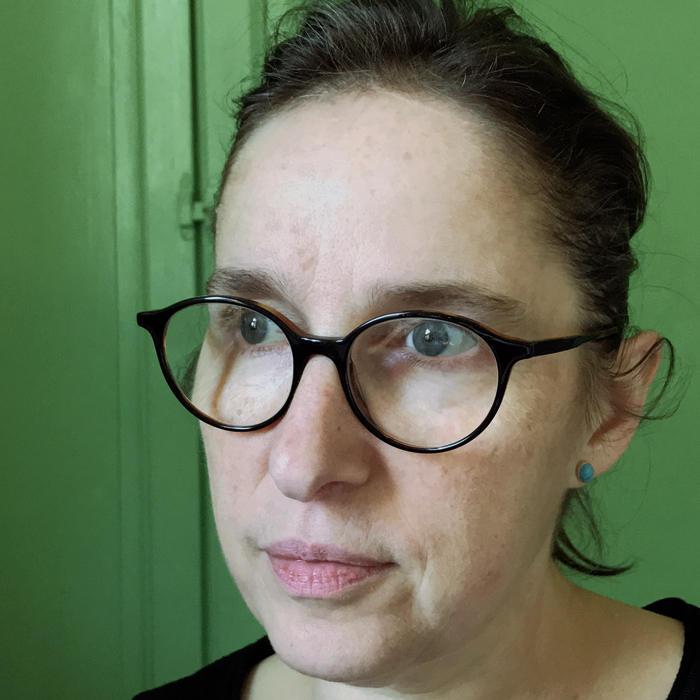
France
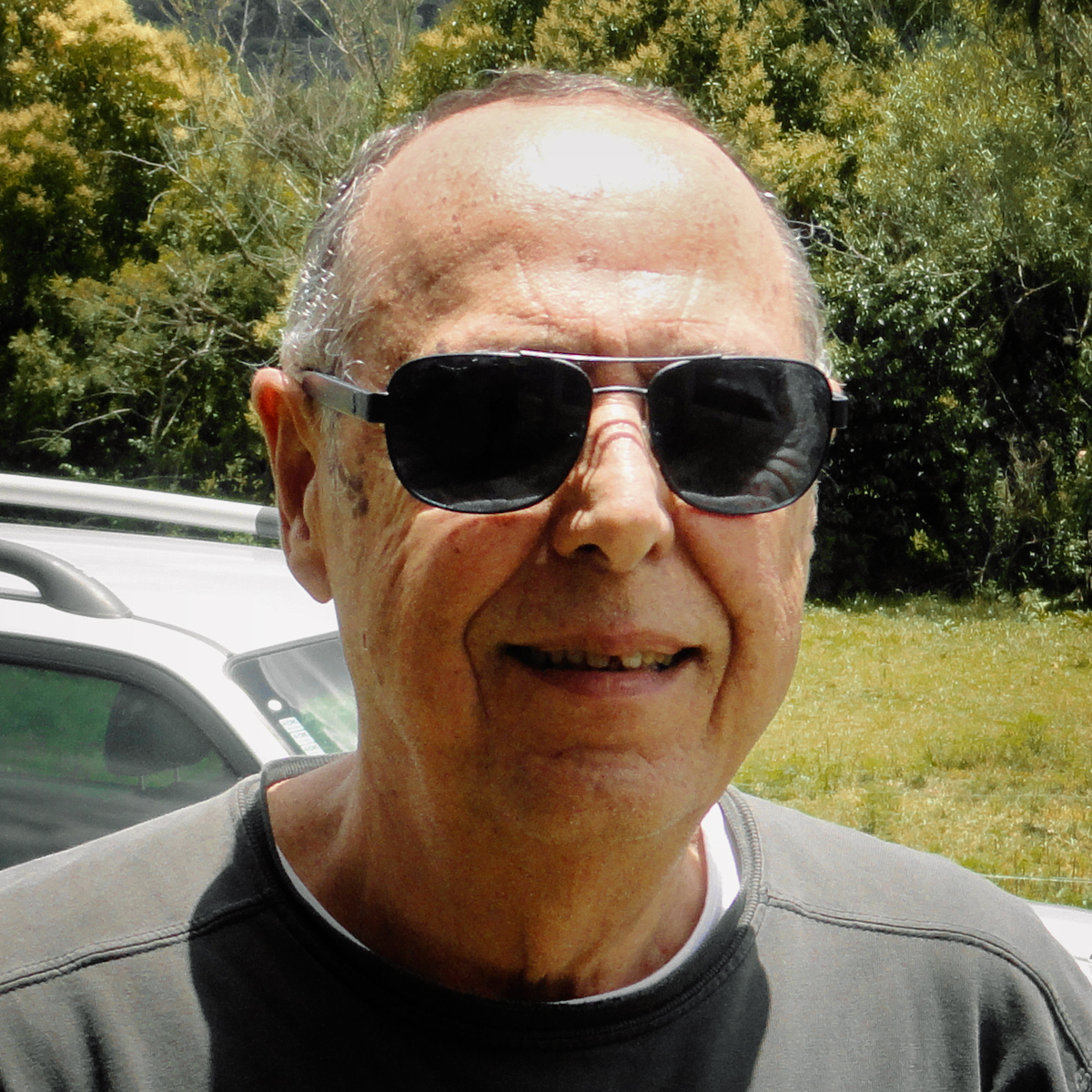
Brazil

